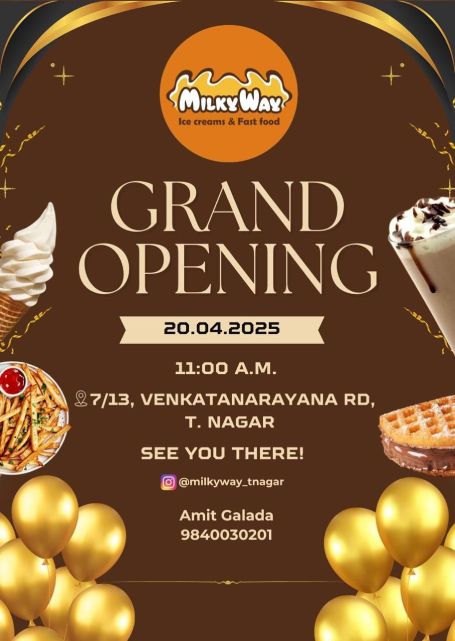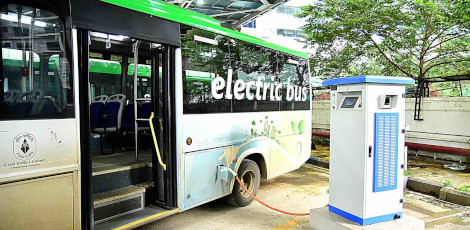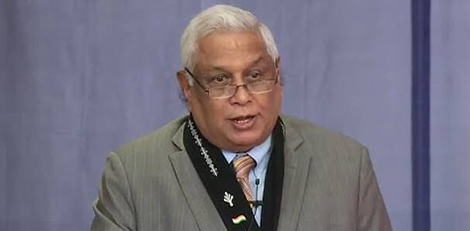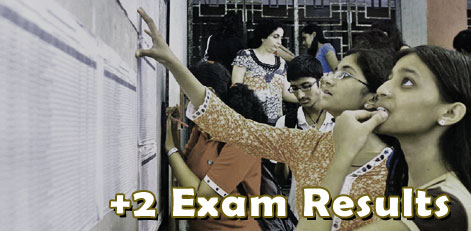Sankara Eye Hospital revives eye sight of a 10year Old Boy through Sural nerve transplant
Posted on: 05/Mar/2019 4:55:05 PM
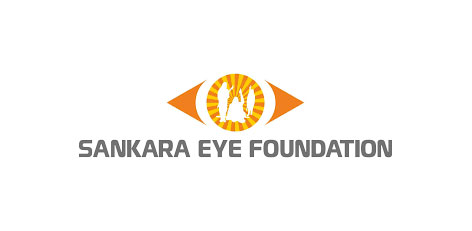
Jaysarkar, a 10-year-old boy hailing from West Bengal was bought to Sankara Eye Hospital, Bengaluru with poor vision in left eye. The first child of his parents, Jaysarkar was apparently normal at birth and had normal growth and development. However, a presumed trivial trauma to the eye by a finger at the age of 3 month proved crucial for his vision, as he had an infection on the left eye with permanent scar on the cornea with loss of vision. The child�s parents had travelled across several eye care centres in West Bengal where the doctors had told that it was difficult to revive the vision before getting evaluation at Sankara Eye Hospital, Bengaluru. The child was diagnosed to have Corneal anaesthesia with anaesthesia of trigeminal nerve that picks up sensation from one half of the face, which was probably congenital. He used to study through his right eye.
�Jaysarkar is one of the several children and few adults who have corneal anaesthesia leading to non-healing ulcers in the eye. Corneal anaesthesia or hypoaesthesia is a condition in which there is reduced (hypoaesthesia) or complete loss (anaesthesia) of sensation in the cornea. The cornea is a highly sensitive organ richly innervated by nerves. Loss or reduced sensation can lead to long term surface problems and abnormal healing patterns in response to injury says Dr Saptagirish Rambhatia, Chief Oculoplasty surgeon, Sankara Eye Hospital. This condition can be congenital or acquired from infections such as Viral infections caused by Herpes, non-specific inflammation or may even point out to disastrous conditions such a tumour in the cerebellopontine angle (brainstem). So far, it was still believed that, a nerve sensation lost is lost. However, inquisite research and studies have fathomed that there is a definite possibility of re-generation of nerves and this was what was successfully performed in this child�.
�Patients with corneal opacity secondary to absent corneal sensations are difficult to treat with conventional corneal transplants alone as the surgical outcome & success rate is usually poor due to poor healing and unhealthy surface Hence, the prime challenge in treatment for Jayanth�s anaesthesia was to re-innervate the eye, and thus further enhance the healing response and subsequent, success rates of graft survival says Dr. Pallavi Joshi, Consultant, Cornea, Refractive services and Ocular surface diseases, Sankara Eye Hospital. In this view, a Sural nerve transplant to the cornea was planned wherein, a long, thick nerve called the Sural nerve, which passes from the lower thigh to leg was identified and a part of it was carefully harvested. The harvested nerve was then used as a conduit to renervate the cornea by anastomosing it to the patient�s eye nerves, namely the supraorbital /supratrochlear nerves. A simultaneous lamellar keratoplasty was also done for the child to get rid of his opaque cornea and provide him a clear visual axis�.
The procedure was a meticulous, and a fine one, done over a period of 6 hours by Dr. Saptagirish Rambhatia, Chief Oculoplasty surgeon and Dr. Pallavi Joshi, Consultant, Cornea, Refractive services and Ocular surface diseases, under the guidance of Dr. Sunil Morekar, who has been the pioneer of Sural nerve transplant in the eye in India. With the support of an efficient anaesthetic team and a strong backbone of paparamedics, the child is doing well post procedure.
Sural nerve transplant, though is quite known among neurosurgeons and plastic surgeons for the treatment of Facial nerve paralysis, is unheard of, for the treatment of corneal anaesthesia. To the best of our knowledge, it is the first of its kind done as treatment for corneal anaesthesia in Karnataka. The combine procedure of DALK with sural nerve transplant in Paediatric age group seems to be first of its kind in the world.



